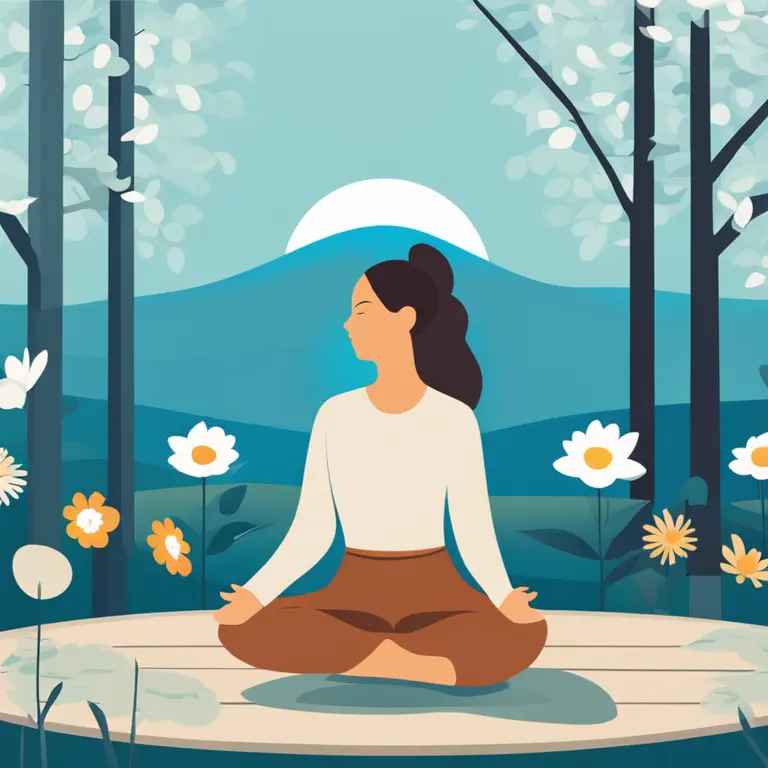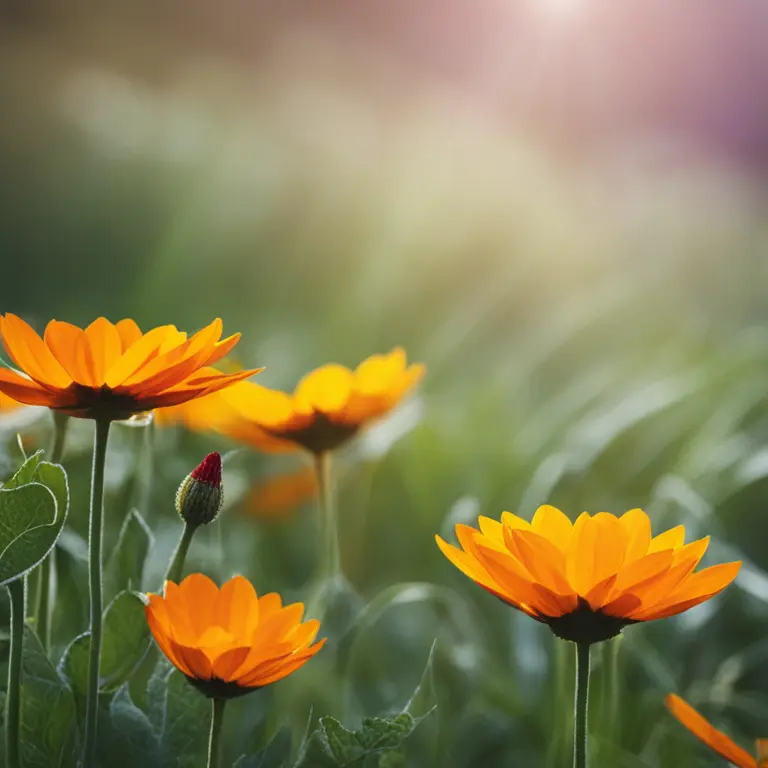
How To Ease Anxiety with Mindful Meditation
Delve into the art of mindful movement meditation to find inner peace and manage anxiety. Discover a calming physical practice for mental serenity.
article by Hina Kurosawa
Introduction to Mindful Movement
In the fast-paced world of 2024, anxiety has become a common companion for many. However, amidst the myriad of self-care practices, mindful movement meditation emerges as a practical antidote to the relentless waves of anxiety. Mindful movement, a blend of mindfulness and gentle physical activity, encourages practitioners to connect with their body in the present moment, fostering tranquility and balance. Whether you are new to meditation or looking to deepen your practice, this guide will help you navigate the serene path of mindful movement for anxiety relief.

The Basis of Mindful Movement
Mindful movement is rooted in the principle of awareness. Unlike high-intensity workouts, this gentle approach focuses on slow, deliberate actions paired with breath control to ground you in the now. The philosophy behind it is that by synchronizing movement and breath, one can anchor the mind to the body's rhythm, steering away from distressing thoughts. From yoga and tai chi to simple stretching exercises, each form of mindful movement prepares the terrain for a more concentrated and serene state of mind.

Starting Your Practice
Embarking on your journey to a calmer self through mindful movement need not be daunting. Begin with allocating a few minutes each day to practice in a calm, uncluttered space. Whether it's morning or evening, consistency is key. Opt for comfortable attire, take a few deep breaths, and commence with basic stretches, syncing each motion with your inhalation and exhalation. Remember, the goal is not the range of motion but the quality of your awareness during the movement.

Cultivating Awareness
As you progress, cultivate deeper awareness by paying close attention to the sensations that arise with each movement. Observe your muscle stretches, the feeling of your feet against the ground, and the rhythm of your breath. By attuning your senses to the immediate experience, you consciously build a barrier against intrusive thoughts, thus reducing anxiety. Mindful movement turns your focus inward, allowing a dialogue between mind and body that fosters self-compassion and stress reduction.

Integrating Mindful Movement in Daily Life
Mindful movement doesn't have to be confined to your meditation mat. You can integrate elements of this practice into daily life. Walk mindfully by noticing each step or engage in mindful dishwashing by feeling the water and the dishes' texture. Such simple acts done with intention can contribute to an overall sense of calm and control, effectively punctuating your day with moments of mindful presence.
Overcoming Challenges
It's natural to face challenges when adopting a new practice. Perhaps the biggest hurdle is the persistent tug of thoughts pulling you away from the moment. When this occurs, gently acknowledge the distraction, but then shepherd your focus back to your body's movements and breath. Over time, with patience and practice, you'll find that these interruptions diminish, and your ability to sustain mindful awareness grows stronger.
Beyond Anxiety Relief
While the primary aim here is to mitigate anxiety, mindful movement meditation promises a plethora of additional benefits. From improving flexibility and reducing physical tension to enhancing emotional resilience and overall well-being, the merits of this practice are multifaceted. It not only presents a way to cope with the ebb and flow of anxiety but also serves as a holistic approach to nurturing a mindful, balanced life.
Published: 1/18/2024
Modified: 1/18/2024
More predictions
Come back here soon to learn more about yourself and your future


Can Meditation Manage Depression?
Discover how meditation can contribute to managing depression, its potential benefits, and the connection between mindfulness and mental health.


How Meditation Reshapes Our Brains
Discover the transformative power of meditation and its profound impact on brain structure and function in this insightful article.


The Origins of Meditation: Tracing Its Historical Roots
Discover the historical origins of meditation, its transformation through time, and its profound impact on various cultures around the world in this insightful article.